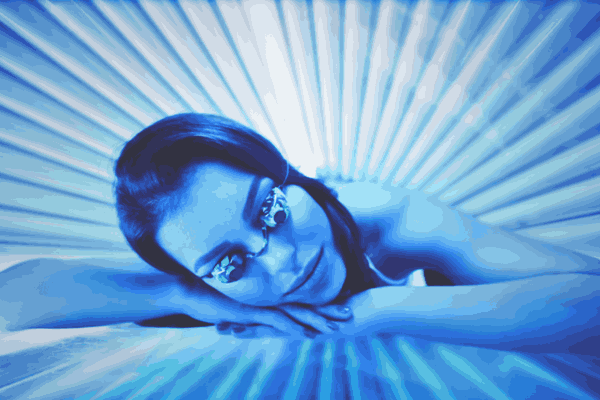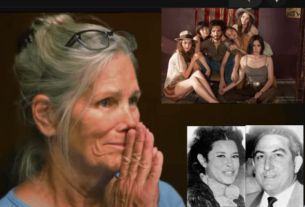THE DISCOVERY
The Sunbed has become a popular choice for those seeking a Sun-kissed look, but the dangers lurking behind this artificial tan are becoming increasingly evident.
The intense UV radiation emitted by these devices, which can be 3–8 times stronger than the midday summer sun, poses a significant threat to the health and well-being of users.
Unraveling the Sunbed Enigma
Sunbeds, also known as Tanning Booths or Tanning Beds, utilize fluorescent lamps designed to emit UV radiation. While they primarily produce UVA radiation, recent models have incorporated higher levels of UVB to mimic the sun’s spectrum more closely. This increase in UV exposure accelerates the tanning process, but it also amplifies the associated risks.
The Looming Shadows of Sunbed Risks
Research has firmly established that the UV radiation from Sunbeds is a prominent Cancer-causing agent.
Individuals who use Tanning Beds face a 20% increased risk of developing skin cancer, including the deadly Melanoma, compared to those who never use them.
This risk skyrockets to 59% if Sunbed use begins before the age of 35. Beyond the threat of Cancer, Sunbeds can also contribute to premature Skin Aging, Wrinkles, and even Eye damage.
The Myth of the “Safe Tan”
The World Health Organization (WHO) has unequivocally stated that no Sunbed can provide a safe tan. Yet, many continue to underestimate the long-term health consequences, chasing the elusive glow.
Even in countries like Australia, where Sunbeds have been banned since 2015, the incidence of melanoma remains high, underscoring the need for strict regulations and public awareness.
Regulation and Compliance: A Patchwork Approach
In New Zealand, commercial Sunbed operations for individuals under 18 are illegal, but enforcement remains lax. Public Health Units visit commercial operators every six months, revealing ongoing non-compliance with safety standards.
Unlike Australia, New Zealand does not require mandatory training for Tanning Bed operators or regulation of equipment, leaving users unaware of the potential dangers.
The Call for a Complete Ban on use of Sunbed
Experts argue for a complete ban on Sunbeds, citing their significant health risks. Jim Muir, an Australian dermatologist, eloquently compares the absurdity of allowing Tanning Bed use to other health measures like speed limits and seatbelts, which are in place to protect individuals from harm.
Personal Narratives and Public Awareness
Personal stories underscore the dangers of its use. Lyn Stevenson, a former Tanning Bed user and self-described “sun worshipper,” was diagnosed with malignant melanoma despite never experiencing painful sunburn. Her experience illustrates that the perceived healthiness of a tan is misleading and dangerous.
Safeguarding Our Skin: Preventing Skin Cancer
Preventing Skin Cancer involves avoiding Tanning Beds, using Sunscreen, and seeking regular Skin checks. Initiatives like Action Cancer’s Skin Cancer detection service have been crucial, identifying over 100 cases since its inception. Public awareness and education are vital in reducing the incidence of skin cancer and promoting safer alternatives to tanning.
In conclusion, the risks associated with these Tanning Beds far outweigh the cosmetic benefits. Increased regulation, public education, and personal vigilance are essential in combating the rise of skin cancer linked to UV exposure from Tanning Beds.
The message is clear: for a safer, healthier future, it’s time to say goodbye to the risky glow of Sunbeds.
Watch here : The truth about Sunbeds
Also Read : The Anti-malarial Drug Resistance : Groundbreaking discovery




